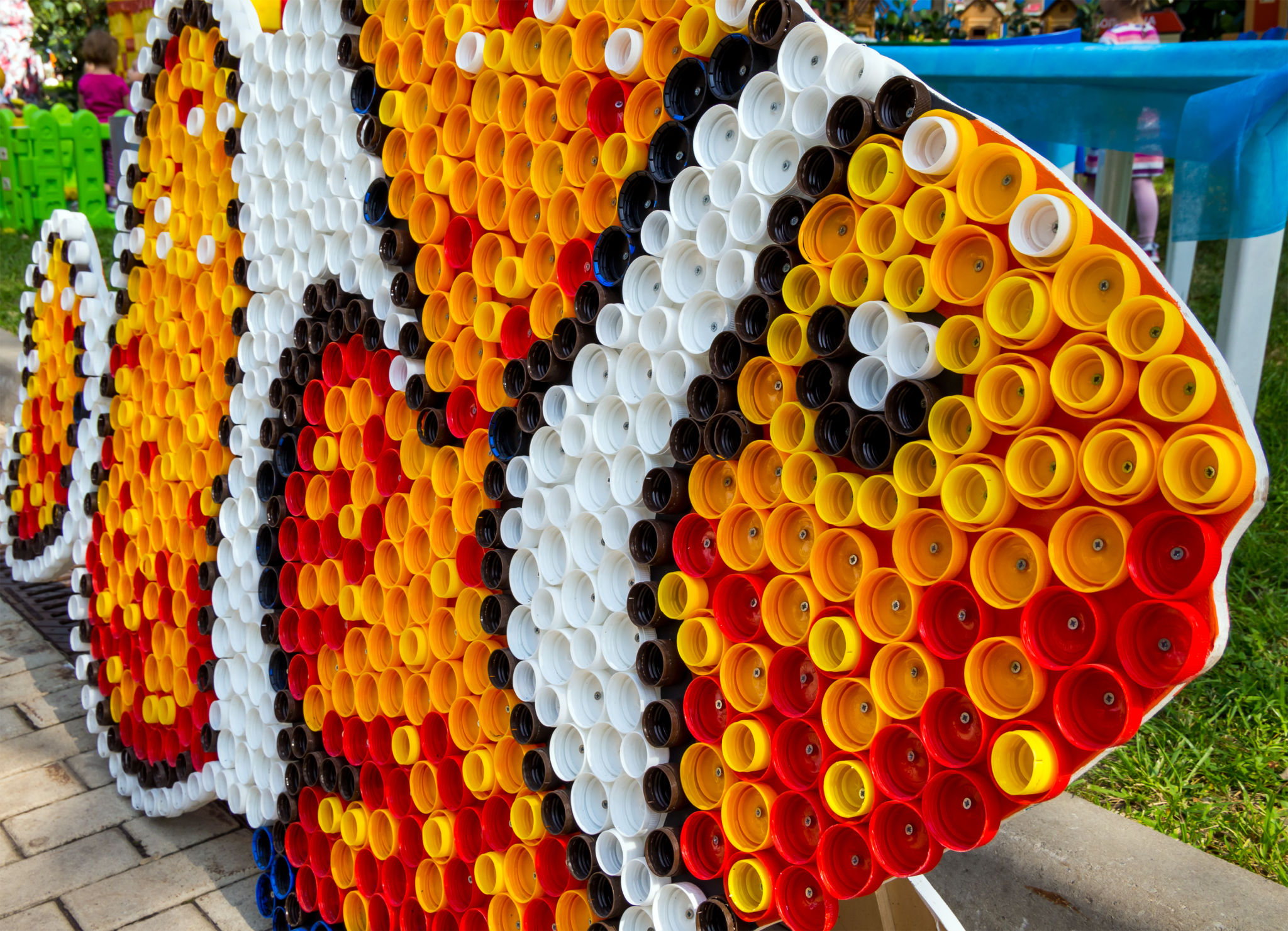Choosing the Right Materials for Your Eco-Sculpture Projects
Understanding Eco-Sculpture
Eco-sculpture is a fascinating art form that merges creativity with environmental consciousness. By using sustainable and recycled materials, artists not only create visually captivating pieces but also contribute positively to the environment. Choosing the right materials is crucial in achieving the aesthetic and ecological goals of your sculpture.

Choosing Sustainable Materials
The foundation of any eco-sculpture project lies in the materials used. Opting for sustainable materials is essential to ensure your artwork is environmentally friendly. These materials can range from natural elements like wood and stone to recycled metals and glass. Prioritizing locally sourced materials can further reduce the carbon footprint associated with transportation.
Natural materials, such as bamboo, driftwood, and clay, are excellent choices due to their minimal environmental impact. They are biodegradable and often require less energy to process compared to synthetic alternatives.
Recycled and Repurposed Materials
Incorporating recycled materials into your eco-sculpture adds a layer of innovation and responsibility. Consider using discarded items like metal scraps, glass bottles, or plastic debris. These materials not only bring unique textures and colors to your work but also highlight the importance of recycling in artistic expression.

Repurposing everyday objects is another creative approach. Think about how old tires, broken electronics, or even fabric scraps can be transformed into art pieces. This not only reduces waste but also challenges the traditional boundaries of sculpture.
Durability and Weather Resistance
When selecting materials for outdoor eco-sculptures, it's essential to consider their durability and resistance to weather conditions. Natural elements like stone and treated wood can withstand various climates, while metals such as aluminum and stainless steel offer longevity and resistance to rust.
Applying eco-friendly sealants or coatings can further protect your sculpture from the elements, ensuring it remains a lasting fixture in its environment. Durability should not come at the expense of environmental responsibility, so opt for non-toxic treatments whenever possible.

Balancing Aesthetics with Sustainability
While sustainability is a priority, it's equally important to maintain the aesthetic appeal of your sculpture. Striking a balance between visual impact and environmental responsibility will enhance both the artistic and ecological value of your work.
Experiment with different textures, colors, and forms that eco-friendly materials provide. The uniqueness of natural imperfections in recycled items can add character and depth to your sculpture, making it stand out as a statement piece.
Conclusion
Choosing the right materials for your eco-sculpture projects is a journey that requires creativity, research, and a commitment to sustainability. By considering factors such as material origins, environmental impact, and durability, you can create art that not only inspires but also contributes positively to our planet.
As artists, we have the power to influence perceptions and drive change through our creations. Embrace the challenge of using eco-friendly materials and let your sculptures tell a story of innovation and environmental stewardship.